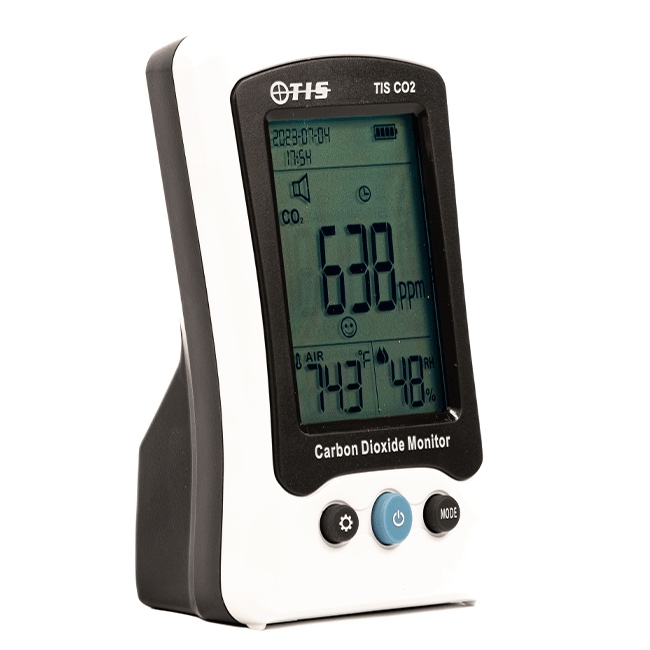Air quality can have a positive and negative impact on our immediate environment and the much wider environment. Air pollution can have an environmental, health and safety influence and it is important that we monitor this for the areas under our control. So while an anemometer is used to measure air velocity in industrial situations, to detect air flow and where air might be escaping, air quality measurement is a very different practice, but is equally critical in monitoring and controlling our personal environment and the global environment.
What is air quality monitoring?
Air quality monitoring is the collection of data from the measurement of ambient air pollution samples. This is done using various types of air quality monitoring equipment, but with the same objectives:
- To compare current air quality with a base sample which was collected within acceptable air quality parameters
- To compare current air quality with historical air quality data in order to identify trends
- To ensure that air quality compliance targets are being met
- To collect data with a view to improving air quality
There are generally two types of air quality monitoring:
- Stationary – Collecting data on air quality in one specific location, ie. an employee’s workstation
- Mobile – A method of collecting data over a much larger area within a short period of time. This enables us to identify spikes, trends and hotspots.
Where would we use air quality monitoring?
In an industrial setting we would monitor air quality because it has an impact on the work environment. An employer has a duty of care to provide safe and comfortable work conditions, so they would have to put controls in place whereby the working environment of every person is suitably monitored. This is because some industrial operations will generate heat or airborne particulates, which can have a negative impact on a person’s health and wellbeing. While there may also be water treatment processes nearby which generate potentially harmful airborne bacteria, which needs to be monitored. Poor air quality is proven to be a contributory factor in respiratory disease, cancer-causing diseases, cognitive issues, cardiovascular conditions and general fatigue.
An industrial facility may also be responsible for certain external emissions which it needs to control, and so air quality measurement can be undertaken to ensure the organisation is compliant with its emission responsibilities.
This can be compared to a more manageable commercial environment, such as an open plan office, where many people work in close proximity. This can affect air quality in terms of humidity and airborne viruses, and therefore poor air quality can contribute to illness through disease, but also to fatigue and a lack of productivity. So an employer may choose to install an air conditioning system to control the climate and provide good air quality, and they may choose to monitor the air quality in the meantime to ensure the system is working as it should be.
On a much wider scale, air quality monitoring can help us to understand the impacts of climate change. Heat patterns can affect air quality and this can be measured to detect patterns of change, and therefore, how our local operations are impacting on the wider environment.
The benefits of air quality monitoring
There are various benefits to air quality monitoring, which explain why it is becoming a much more common practice in terms of environmental monitoring equipment. These benefits are:
- It allows us to determine the levels of exposure of people to harmful pollutants
- It allows us to confirm compliance with air quality regulations
- It helps us to identify trends in how air quality changes between locations
- It allows us to measure air quality over time and how structural or mechanical controls have made improvements
- It is a vital tool in health monitoring and managing the health and safety of our employees
Given the much sharper focus on global pollution and climate conditions, there is a much higher public demand for air quality monitoring, and hence for air quality monitoring equipment, which explains why such equipment is becoming increasingly important to commercial and industrial organisations. One such example is the TIS CO2, which is an instrument used to monitor carbon dioxide levels in the workplace. High levels can lead to Carbon Dioxide intoxication which has symptoms such as nausea and headaches. The instrument can measure CO2 levels as well as temperature and humidity, so is a useful overall environmental monitoring tool.
If you require any further help or advice on air quality measuring or the instruments you can use for environmental monitoring, then contact our team at Test Instrument Solutions today.
Please note that this section is for information purposes only. Anyone using equipment referred to in this section must be suitably qualified and/or experienced within the respective field. If in doubt before use, please consult a qualified electrician or engineer & thoroughly read all instruction booklets.